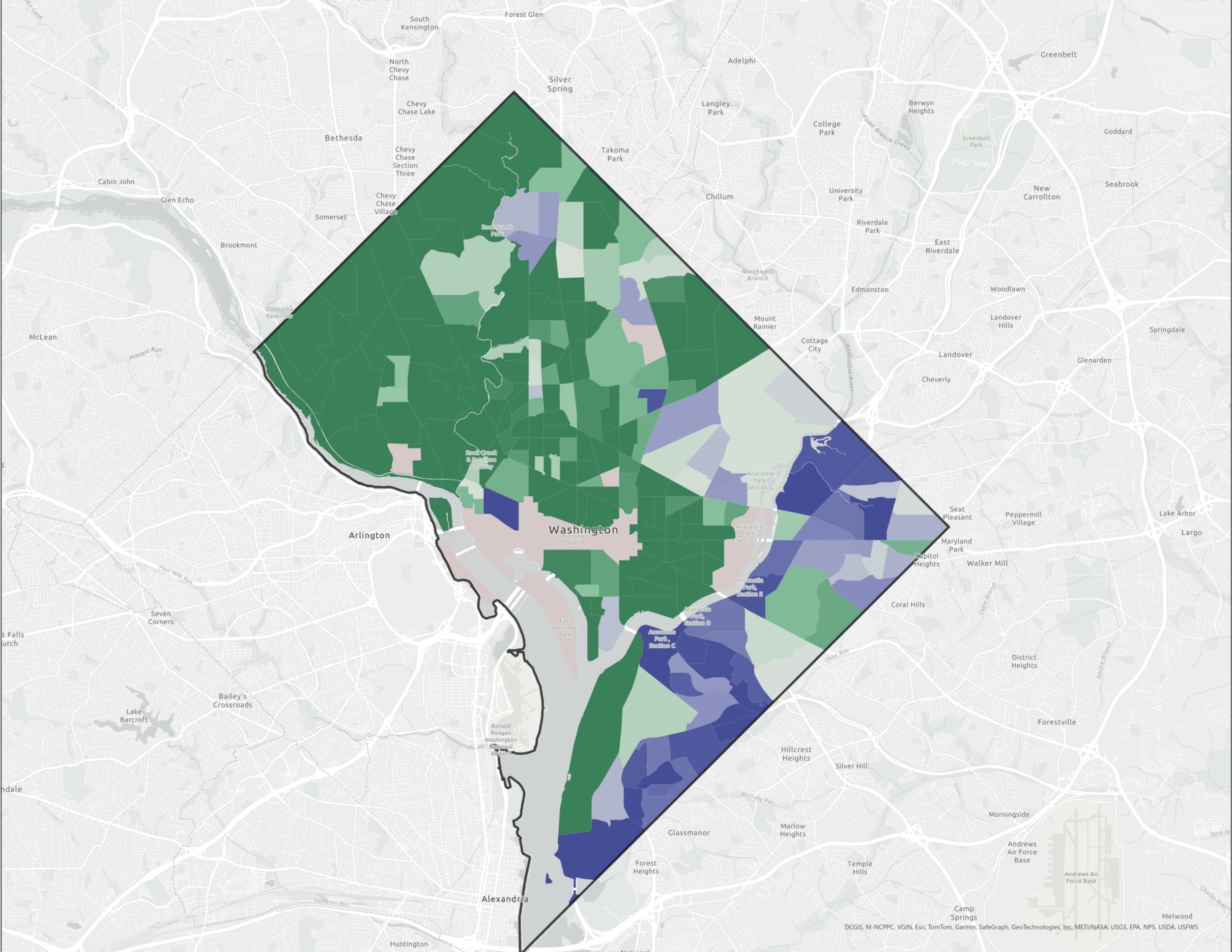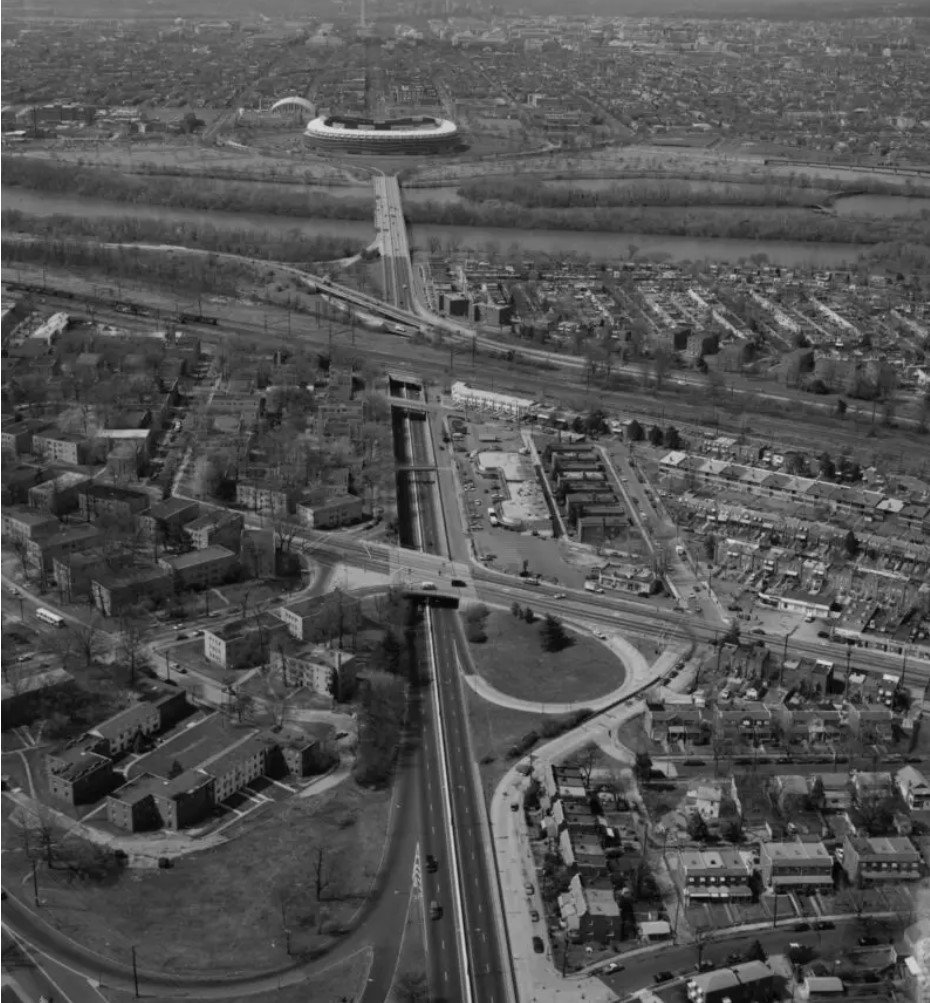
#RENEW SE
2025
Unless you’ve been under a rock for the last decade, you understand how serious climate change is, and the push for renewable energy.
Renewable energy is naturally replenishing, which is less stressful on the environment.
Solar energy is advantageous because it is consistent, scalable, and readily available.
Make it affordable.
The following images show data that was collected to highlight the energy usage across D.C. low-income multi-family units (MFU) buildings to show the energy demand, with supporting data that shows income disparities across the city making certain tracts energy disadvantaged which influenced my thesis that because lower income individuals spend a greater amount of their income on utilities, solar interventions should be prioritized in those communities where suitable.

WHY MULTI FAMILY
WHY MULTI FAMILY
To be short, more people, more energy demand. However, multi-family units usually have a unique shaped suited well for rooftop solar installation. The map below conducted an analysis to show the energy demand across the city for MFUs.
Combining area median income data from the ACS survey to show income disparities across the city, alongside a map produced by the Justice 40 initiative that tracked energy disadvantaged communities by tract, makes it easy to see the communities with the greatest need for intervention.
More than Ideal
Similar works have been established and awarded nationally, so it’s only fitting that the nation’s capital be a leading example of what’s possible.
(Above) A solar suitability analysis found three potential neighborhoods, Barry Farm, Condon Terrace, and Woodland. However, after creating a network analysis, the best site would be the Douglas/Shipley Terrace community.
Feasibility

















